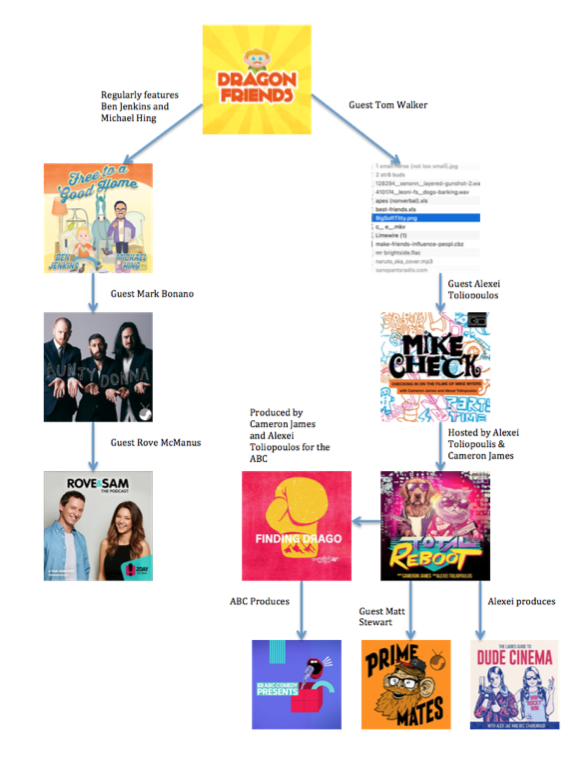by Bob Kirschner
The Corona Virus stay-at-home rules have drastically impacted our audio post production industry. Without the ability to gather together in a recording studio, group voice recordings that rely on multiple people interacting simultaneously need to make use of remote audio (and video) technologies to connect people in real time while recording the audio tracks. Voiceovers, narration and podcast recordings are the common types of recordings that are taking place. These recordings are done by both professional voice actors as well as non-professionals. There are a number of different remote platforms available, of varying audio quality. Some platforms lend themselves to professional use while other platforms are more suited to non-professionals for things such as internal business use and podcast purposes. In this and a series of future articles, I will describe and compare the various remote technologies that audio and voiceover professionals are using to record from their homes. I’ll go into the techniques involved to ensure the best audio quality, and cover options that allow non-professionals the ability to get their audio recorded with minimal technical issues.
I’ll start with a summary of the most commonly used platforms for remote audio voice recording.
ISDN - Historically this has been the most commonly used technology for broadcast-quality audio connections. But in the past decade ISDN usage has seriously declined, and has been mostly replaced by internet-based technologies. ISDN requires copper telephone lines (it doesn’t work on fiber) which are being phased out by communications companies, and is very expensive for companies to maintain. The COVID-19 situation has definitely increased the speed of its decline and as such, it doesn’t appear the professional audio community will be using ISDN much longer.
Source Connect - Created by Source Elements, this proprietary broadcast-quality remote technology has become the industry standard for audio and voice professionals. There are a few different ‘flavors’ of Source Connect, but all versions require that each connected party purchase their own Source Connect license. The technical setup is somewhat involved, but it allows users to connect to other users while also recording audio on their computer workstation. For professional voiceover actors working from home, Source Connect offers the highest-level platform for remote audio quality.
Source Connect Now - Also created by Source Elements, this free remote platform uses Google’s OPUS open-source codec. Users can register for an account, then invite anyone else to connect via their Google Chrome browser. This free platform only supports a connection for two parties, one of which typically is the audio engineer handling the recording, the other is usually the voice talent. All audio is transmitted via Google Chrome browser.
ipDTL - Meaning “IP Down The Line”, this platform, also based on Google’s OPUS codec, has probably become the most commonly used remote platform during the COVID-19 shutdown. ipDTL is a paid subscription service, and works via a browser or their stand-alone application. Their feature-rich platform includes professional features like on-board recording, audio playback during connections, the ability to connect up to four parties, ISDN connections, and telephone service, some of which are available at an additional cost. I’ll be going into this platform in more detail in a later article.
Session Link Pro - This remote platform is more commonly used in Europe. It’s also based on Google’s OPUS codec, and has a feature-set similar to ipDTL.
Skype - A household name primarily used for video conferencing. But also used in the professional audio community to allow remote parties to connect in to recording sessions for listening and providing direction. Skype audio quality is not great, but since this is a free platform it is an option to easily allow non-professionals to record a group-style podcast by connecting in conjunction with an audio engineer who can record the audio.
Uberconference - This is a remote conferencing platform that is a replacement for a traditional telephone conference service, and supports video connections. It’s a low-cost subscription plan that offers unlimited calls and an unlimited number of connections to each call. The audio quality is similar to Skype, and is another option to easily allow non-professionals to record a group-style podcast by connecting in conjunction with an audio engineer who can record the audio.
If we want to group the above platforms into similar types for audio quality comparison purposes, I would do it as follows:
Group 1 - Best Audio Quality
ISDN
Source Connect
Group 2 - Very Good Quality (Google OPUS codec)
Source Connect Now
ipDTL
Session Link Pro
Group 3 - Acceptable Quality (standard audio over IP)
Skype
Uberconference
That about wraps up my summary of the current remote platforms for voice recording. Stay tuned for follow up articles that compare the features within each of these groups; for a deep dive into ipDTL; and for a look at what equipment I recommend and how to get the best sound out of your home recording.









